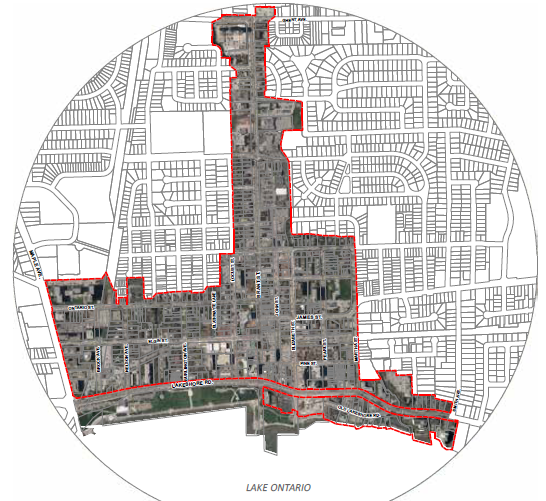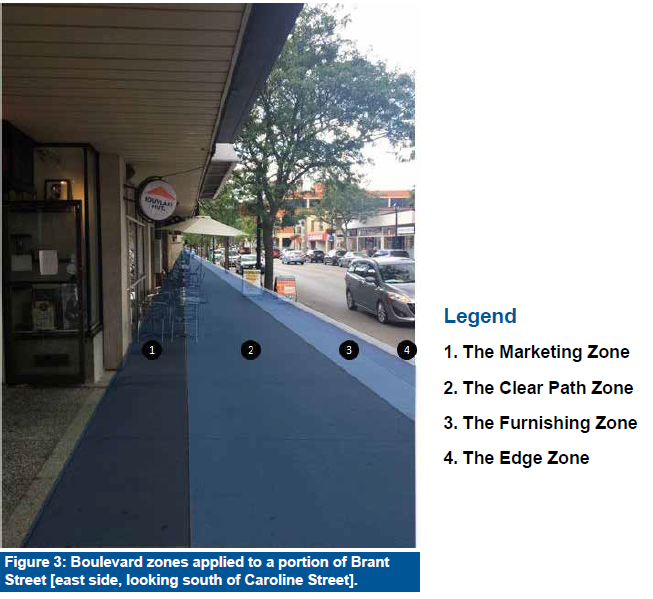 By Pepper Parr
By Pepper Parr
July 19th, 2019
BURLINGTON, ON
Human Resources is responsible for attracting and retaining City employees; staff/labour relations; employee benefits; health and safety; pay research and staff training and development.
This just might hurt a little – it is about what Director of Human Resources Laura Boyd called Enterprise risk – labour market, in a report to Council. We are not paying staff the going rate, a lot of people are quitting and some critical people are retiring. It got a Receive and File Recommendation from Council.

Director of Human Resources Laura Boyd
Boyd points out that with the focus on “the implementation of many strategic initiatives by the Burlington Leadership Team (BLT) through the development of performance measures and completion by dates, thought has to be given to the successful execution of the plan with its goals, resources, and budgets, and we also must consider the staff team who will execute the strategy.”
Management consultant Peter Drucker put the challenge that faces every organization very well when he said: “Culture eats strategy for breakfast.”
What this means is that while targets and performance measurements have been identified, it is workplace culture and focused leadership that will drive the execution of strategy. Culture will either strengthen or undermine our ability to attract and retain quality employees to execute this strategy.
Burlington is now on its fourth City Manager in as many years. The city now has a decidedly different city council that doesn’t subscribe to the approach taken by the Goldring councils.
The retention of employees and what we pay the employees working at city hall is an issue that needs attention.
The purpose of the report Boyd put before council was to review ”those attributes which make up a healthy workplace culture; identify risks to our own culture; and map out the steps required to move forward.”
The corporate culture is an issue. In her report Boyd described culture as:
• The critical organizational element that will attract talent, drive engagement, impact satisfaction and affect performance
• The personality of the business;
• The City’s employment brand;
• The sum of its values, traditions, beliefs, interactions, behaviour and attitudes;
“Simply put – culture is the difference between having a performance driven, highly engaged organization which executes ongoing strategy and an organization where goals are set, targets are generally met, and staff are performing satisfactorily overall.”
Is Burlington meeting the standard? Not if the number of people who have quit is any indicator.
The following seven attributes define those areas that influence a workplace culture.
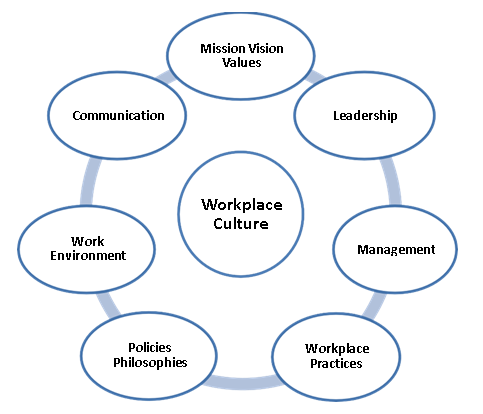
The seven attributes define those areas that influence a workplace culture.
The following data was provided to Council to assess current workforce strengths and risks with regards to the ability to deliver Council’s priorities.
In 2016 the City conducted its first Culture Survey. While the results are now three years old, the following were the high and low scores at that moment in time:
High scores:
• Planning the work is ongoing and involves everyone in the process to some degree;
• There is an ethical code of conduct that guides our behaviour and tells us right from wrong;
• Teamwork is used to get work done, rather than relying on orders from management
• There is continuous investment in the skills of employees
• Public input directly influences our decisions.
Low scores:
• Leadership has clearly communicated objectives we are trying to accomplish;
• There is a clear and consistent management style, so employees know what to expect;
• There is a clear and consistent culture;
• We continuously track our progress against our stated goals;
• Our people are viewed as an important source of our competitive advantage.
“When the results were further analyzed, it became apparent that communication within the organization diminishes between hierarchical levels.
Specifically, between the Burlington Leadership Team and the Supervisors/Manager level and then between the Supervisors/Managers level and their direct reports.”
If that is Burlington’s situation – no wonder there is trouble in paradise.
In response to the 2016 survey four employee teams were set up to identify and execute projects/programs to improve our results. Specifically, the teams organized themselves around the following themes and have been developing and implementing programs to address our survey results and improve our culture:
• Innovation
• Staff Investment
• Organization Values
• Communication
“Turnover is a simple retention measure.” Would that it were so and that simple.
Boyd’s report said: Over the past decade voluntary turnover at city hall has remained consistent between 4.2% to 5.7%. Voluntary turnover includes those staff who have quit or retired to date.
From the results below, Boyd reports that “we are trending to a much higher voluntary turnover in 2019 – closer to 10%.

Boyd makes the critical point: “It is important to know why we are experiencing higher turnover. When voluntary turnover for the past two and a half years was reviewed, compensation came out clearly as the most significant factor.”
Number of quits mentioning compensation as a reason for leaving % of total employee quits
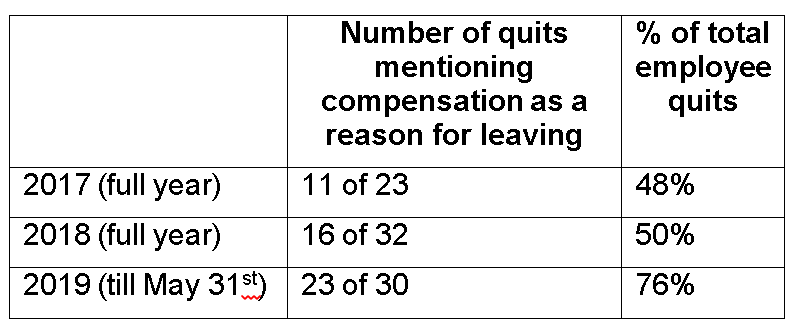
Examples of other reasons provided for employees leaving varied and include promotions, job closer to home, position not the right fit and supervision to name a few.
Burlington has found that there are position difficult to fill.
A review was completed of the positions which were advertised externally in the marketplace from the perspective of how difficult it was to fill these roles.

Difficult to fill positions can occur for several reasons including compensation, not attracting qualified candidates, and being turned down by first candidates and having to offer to second or third choices.
As an example Boyd pointed to the Legal Department, the position of Solicitor was advertised, our offer was turned down, even after considerable negotiation, and we have now employed an outside agency to assist in sourcing appropriate candidates.
A forecasting report has been obtained from OMERS to assist the city in identifying who can retire with an unreduced pension up to 2023. Currently there are 185 employees who can retire with an unreduced pension by 2023. This represents 20% of the city’s full-time workforce.
Of the 185 people who can retire, 36% are people leaders while 64% are individual contributors.
This comes close to gutting the leadership level which some people feel is the best thing that can happen to the city.
Following is a yearly breakdown of the retirement outlook:

“A non-union compensation analysis was conducted by Mercer – the results were made Confidential.
Most private companies align themselves with a market position of the 50th percentile – however in the highly competitive GTA, public sector employers align with the 60th to 75th percentile to compete for employee resources.
“The City’s current Council approved market position is the 65th percentile however our recently surveyed actual job rates are now aligned with the 50th percentile.
“To realign with the 65th percentile, job rates will have to be increased by approximately 3% to 8%.”
By rates Boyd mean salary rates and while the percentage may seem small it will have a huge impact on the budget. And that 8% will drift up to 10% – maybe more.
“Our market competitiveness varies across the salary grades and this is likely an indication of challenges with our job evaluation system, which was developed in the 1980’s, not being reflective of current workplace requirements and expectations.
There are processes and programs in the works. Boyd reports that the ‘Following are examples of projects and initiatives that are either in process or that have been implemented which positively impact our culture:
Corporate Culture Area Examples of Completed and In-Progress Culture Activities
Leadership • Mohawk Future Ready Leadership Program.
• DeGroote Leadership Development Program
• Launch of Succession Management Program
• Review of the role and the function of BLT
• Introduction of Leadership Competencies
Management • Introduction of Mobile Workforce guidelines
• Discontinuation of performance appraisal form and the introduction of Coaching and People Leader Training for the setting and management of performance expectations
Workplace Practices • Introduction of BRAVOS Awards
• Realignment of Performance Excellence Program and Service Awards
• Development and launch of Organization Values.
• Restating the Dress Code policy to the more flexible “Dress for Your Day” guidelines.
• Staff BBQ and holiday gathering

There was a time when staff at city hall had some fun. This photograph is the crew from the Clerk’s department taking part in a United Way fundraising effort.
Communication
• The development and communication of Council’s four-year work plan identifying action, projects and initiatives with measurements.
The report concludes with the following:
“The City of Burlington has been and will continue to be a great employer however, we are exposed to considerable human resource risks.”
It is self-serving statements like the above that frighten people. The truth is there are some very serious issues that need immediate attention. Boyd is correct when she says:
“To deliver council’s work plan and to build upon our employment brand, we need to put a conscious effort into strengthening our workplace culture. We are experiencing workforce pressures not previously felt, pressures which will require targeted action to be able to retain engaged and skilled staff and to compete in the marketplace for qualified staff.
“We need to deliver on Council’s priorities through strategic focus and execution. Our Enterprise Risk Registry has identified our workforce as the number one risk facing this organization and the data outlined above supports this position on the registry.
“We are now starting to feel significant attraction and retention pressures which will impact our culture and therefore our ability and internal capacity to deliver the work plan. To address these pressures the following next steps have been identified:
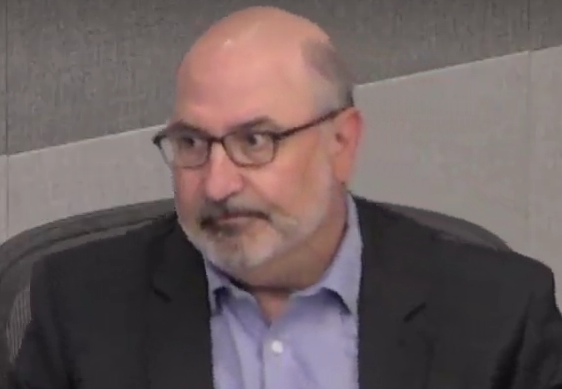
City manager Tim Commisso has his hands full keeping council out of the reserve fund cookie jar; developing a culture that is real and will hold
“Priorities and accountability for delivery of Council’s work plan have been clearly identified and assigned to members of BLT. A review of the corporate structure, one which will assist the City Manager to strategically transition the organization into a more flexible twenty-first century organization, will occur over the next few months.
“In addition, the City Manager, in keeping with the direction approved by Council during the 2019 budget, is completing the realignment of the City Manager’s Office to address the overall strategic management capability of the organization. The goal of this review is to ensure our structure is aligned to retain highly skilled staff and to attract new talent entering the workforce. In support of this goal, a review of the role of the Burlington Leadership Team is also underway.”

A BBQ for staff – the sale of the burgers was part of a United Way fundraising effort.
A second culture survey will be done in the Fall of 2019. A comparison of 2016 to 2019 results will assist us in determining where there are further gaps so that we can target additional efforts in those areas.
There is to be a Diversity and Inclusivity strategy and implementation plan for execution over Council’s term.
“Expanding the recruitment channels, ensuring the culture within the workplace is open, welcoming to all and is reflective of our community will strengthen the City as an employer now and well into the future.”
The problems with hiring is that the municipal world has a culture and a set of conditions that are hugely different from the private sector. Municipalities end up stealing each other’s staff.
Boyd adds that “ this report has provided some information about the city’s current competitiveness to the marketplace, a follow-up report with detailed compensation system recommendations and potential cost impacts will be brought to Council in the early fall. The following items will need to be considered and approved by council in this follow-up report:
• The City’s competitive market position;
• Appropriate municipal comparators; and
• Development and implementation of a new job evaluation system.
In the meantime, the leadership team will be considering where temporary market premiums are required to retain highly skilled or at-risk employees and implementing these premiums as appropriate.
Boyd concludes that: “It is important to appropriately align the City’s resources, both budgets and staff, to ensure the successful execution of Council’s work plan. This report outlines the human resource and workforce pressures we are currently experiencing which puts at risk our ability to successfully implement Council’s work plan.
Put colloquially – Burlington isn’t able to put a solid team on the field – and we are all paying the price for past in-actions.

 By Staff
By Staff Between July 16 and July 18, 2019, the Halton Regional Police Service responded to several reports of packages being stolen from the front porch of local residences and replaced with empty boxes. The suspect responsible for the thefts was captured on CCTV and appeared to be operating a black Mercedes.
Between July 16 and July 18, 2019, the Halton Regional Police Service responded to several reports of packages being stolen from the front porch of local residences and replaced with empty boxes. The suspect responsible for the thefts was captured on CCTV and appeared to be operating a black Mercedes.

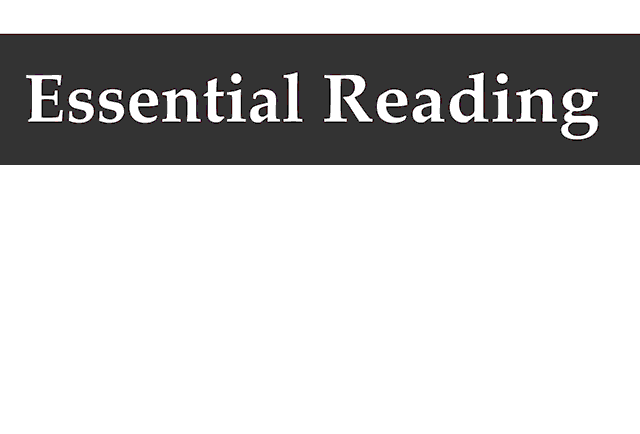



























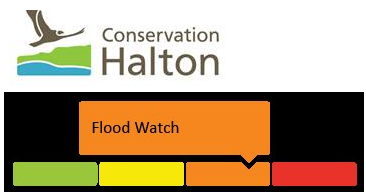 The latest information provided by the International Lake Ontario – St. Lawrence River Board (ILOSLRB) indicates that Lake Ontario reached a mean daily water level of 75.80 m on July 14th, declining just under 1cm per day during the preceding week.
The latest information provided by the International Lake Ontario – St. Lawrence River Board (ILOSLRB) indicates that Lake Ontario reached a mean daily water level of 75.80 m on July 14th, declining just under 1cm per day during the preceding week.


 The dream, at least a part of it, came true for HalTech and Tech Place, when RBC announced the acquisition of WayPay, a cloud-based payments fintech from Burlington, Ontario that offers business clients a best-in-class solution for accounts payable automation and payment optimization.
The dream, at least a part of it, came true for HalTech and Tech Place, when RBC announced the acquisition of WayPay, a cloud-based payments fintech from Burlington, Ontario that offers business clients a best-in-class solution for accounts payable automation and payment optimization. “Many businesses are already planning the transition from paper cheques as manual reconciliation is a time-sensitive process prone to errors. The acquisition of WayPay will add new capabilities for RBC to bring all payment types together onto one platform, providing clients with a more comprehensive view of their accounts while facilitating the shift from manual, paper-based processes to digital payments.
“Many businesses are already planning the transition from paper cheques as manual reconciliation is a time-sensitive process prone to errors. The acquisition of WayPay will add new capabilities for RBC to bring all payment types together onto one platform, providing clients with a more comprehensive view of their accounts while facilitating the shift from manual, paper-based processes to digital payments. Anita Cassidy, Acting Executive Director at Burlington Economic Development Corporation (BEDC) is thrilled with the announcement. “Since its launch in 2014, WayPay has been an innovation ecosystem leader in Burlington,” she said. “Our team has had the opportunity to get to know the leadership team at WayPay and witness firsthand their dedication and enthusiasm for what they do. We are incredibly excited for them because being acquired by a larger company is an incredible achievement for a start-up. WayPay was founded with the goal to scale, and so being acquired by RBC demonstrates the value in their technology.”
Anita Cassidy, Acting Executive Director at Burlington Economic Development Corporation (BEDC) is thrilled with the announcement. “Since its launch in 2014, WayPay has been an innovation ecosystem leader in Burlington,” she said. “Our team has had the opportunity to get to know the leadership team at WayPay and witness firsthand their dedication and enthusiasm for what they do. We are incredibly excited for them because being acquired by a larger company is an incredible achievement for a start-up. WayPay was founded with the goal to scale, and so being acquired by RBC demonstrates the value in their technology.”
 In the media release the city sent out there is very little in terms of detail. The Gazette put together a lengthy piece setting out what the city wanted to get done in each of the five focus areas. That article can be accessed
In the media release the city sent out there is very little in terms of detail. The Gazette put together a lengthy piece setting out what the city wanted to get done in each of the five focus areas. That article can be accessed 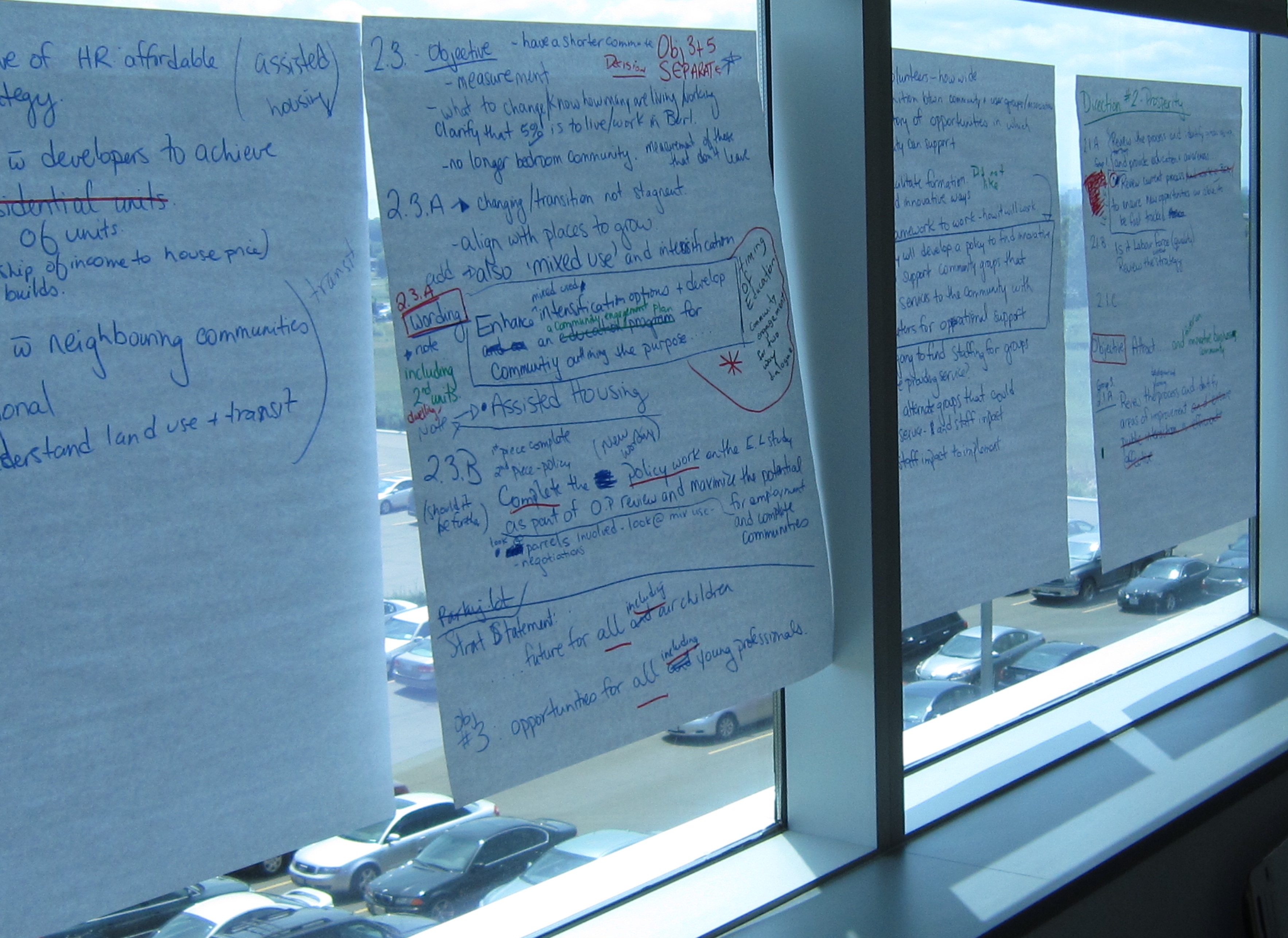
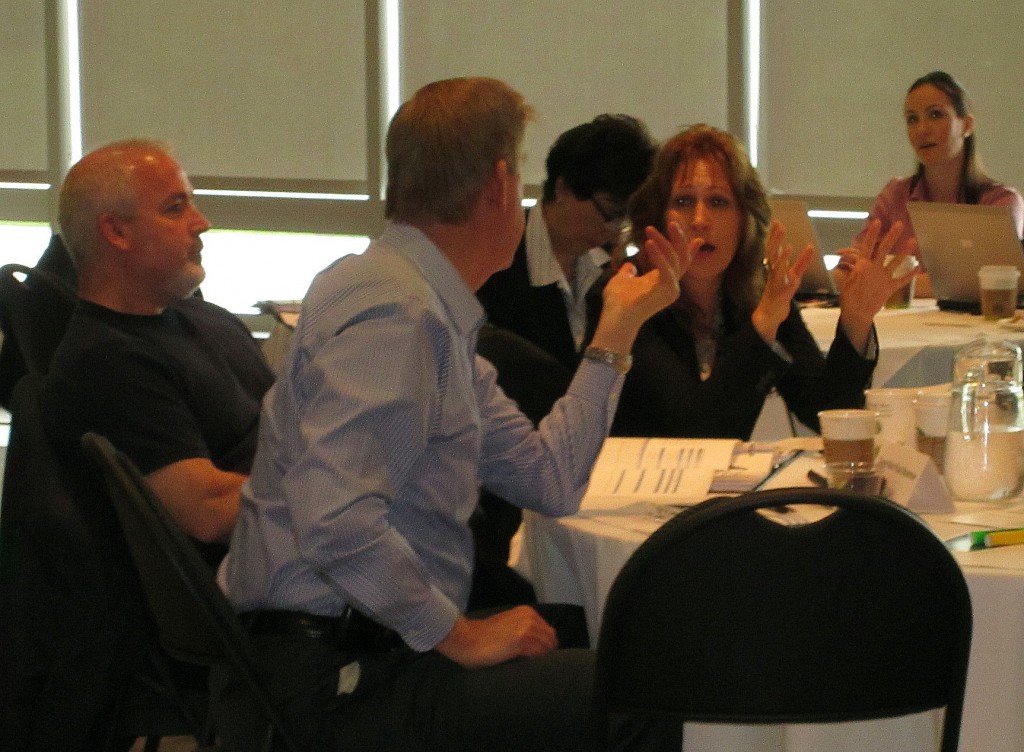
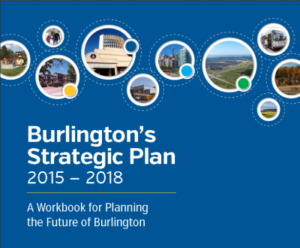
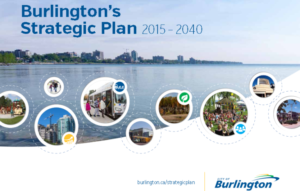
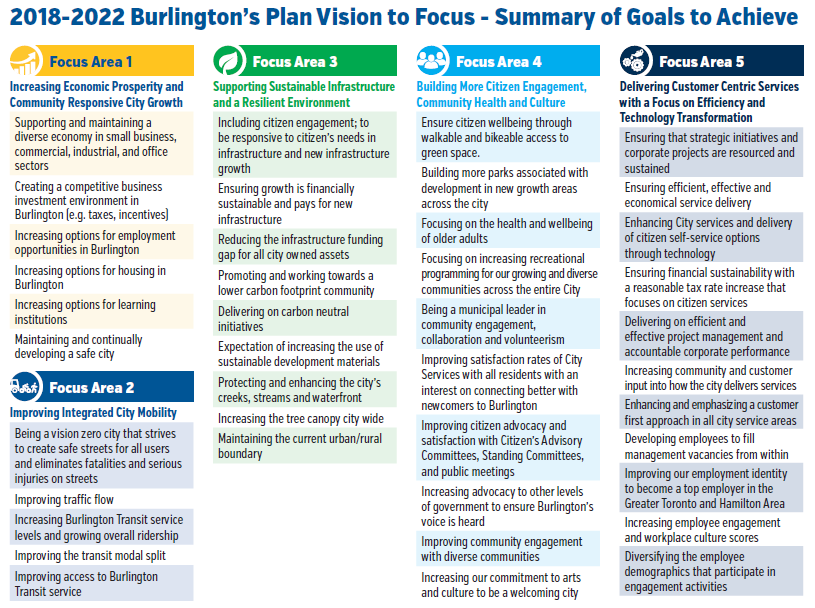
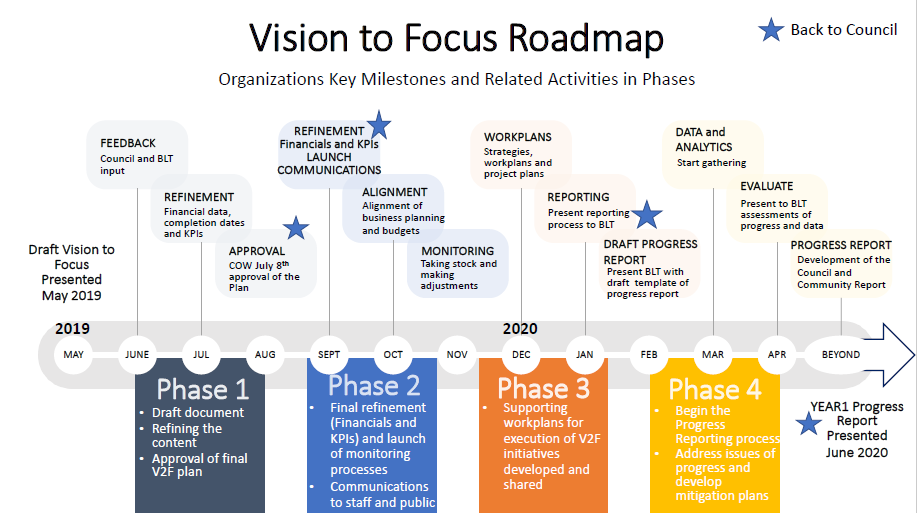
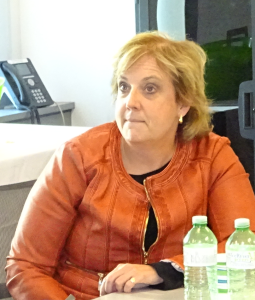 Mary Lou Tanner, Deputy City Manager, the woman who gave the city the Grow Bold concept said: “The commitment from the Burlington Leadership Team and Burlington Council to work towards common objectives in partnership with our community is at the root of this important four-year plan.
Mary Lou Tanner, Deputy City Manager, the woman who gave the city the Grow Bold concept said: “The commitment from the Burlington Leadership Team and Burlington Council to work towards common objectives in partnership with our community is at the root of this important four-year plan.



 These impertinent letters each contain eight questions covering: economic competitiveness; skills training; immigration; healthcare; climate change; the Arctic; indigenous reconciliation; and federalism. Interestingly Maxime Bernier and his People’s Party didn’t get a letter. Was that an oversight or because a vote for Bernier would end up as a vote for the centre-left parties?
These impertinent letters each contain eight questions covering: economic competitiveness; skills training; immigration; healthcare; climate change; the Arctic; indigenous reconciliation; and federalism. Interestingly Maxime Bernier and his People’s Party didn’t get a letter. Was that an oversight or because a vote for Bernier would end up as a vote for the centre-left parties?


 Ray Rivers writes regularly on both federal and provincial politics, applying his more than 25 years as a federal bureaucrat to his thinking. Rivers was once a candidate for provincial office in Burlington. He was the founder of the Burlington citizen committee on sustainability at a time when climate warming was a hotly debated subject. Ray has a post graduate degree in economics that he earned at the University of Ottawa. Tweet @rayzrivers
Ray Rivers writes regularly on both federal and provincial politics, applying his more than 25 years as a federal bureaucrat to his thinking. Rivers was once a candidate for provincial office in Burlington. He was the founder of the Burlington citizen committee on sustainability at a time when climate warming was a hotly debated subject. Ray has a post graduate degree in economics that he earned at the University of Ottawa. Tweet @rayzrivers
 The defining feature of North American cities is the single-family detached home. It is the least efficient way to house people, yet municipal zoning laws have historically served to ensure its primacy.
The defining feature of North American cities is the single-family detached home. It is the least efficient way to house people, yet municipal zoning laws have historically served to ensure its primacy.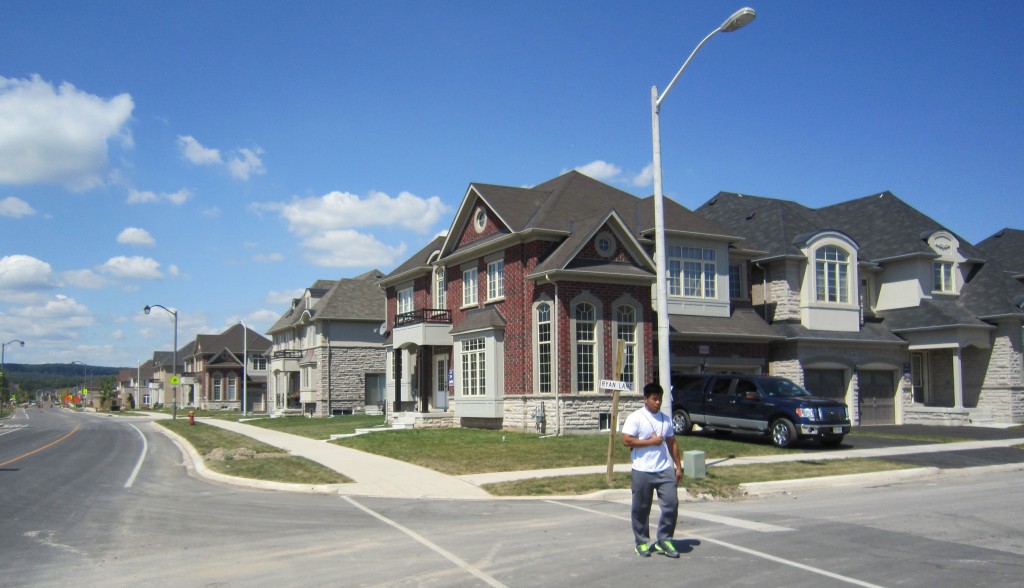

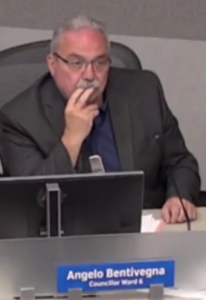
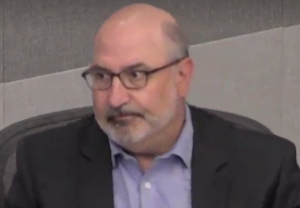
 Salt with Pepper is the musings, reflections and opinions of the publisher of the Burlington Gazette, an online newspaper that was formed in 2010 and is a member of the National Newsmedia Council.
Salt with Pepper is the musings, reflections and opinions of the publisher of the Burlington Gazette, an online newspaper that was formed in 2010 and is a member of the National Newsmedia Council.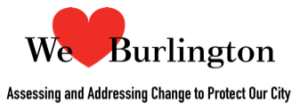 Oakville and Burlington were mighty upset and formed local advocacy groups.
Oakville and Burlington were mighty upset and formed local advocacy groups.




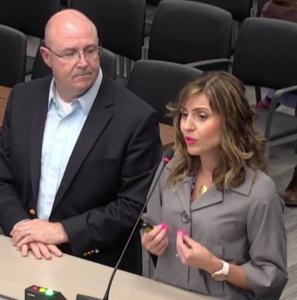

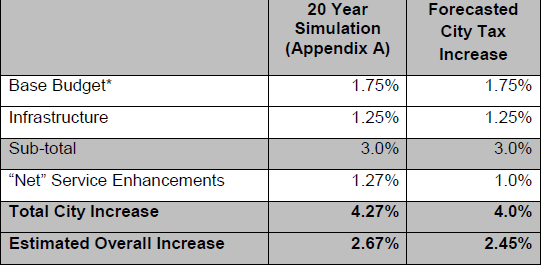 Mayor Meed Ward wanted to see several lines added to the tax bill and had a line saying “Ford Levy” showing which increases were the results of changes by the Ford government that are going to whack us in the wallet.
Mayor Meed Ward wanted to see several lines added to the tax bill and had a line saying “Ford Levy” showing which increases were the results of changes by the Ford government that are going to whack us in the wallet.

